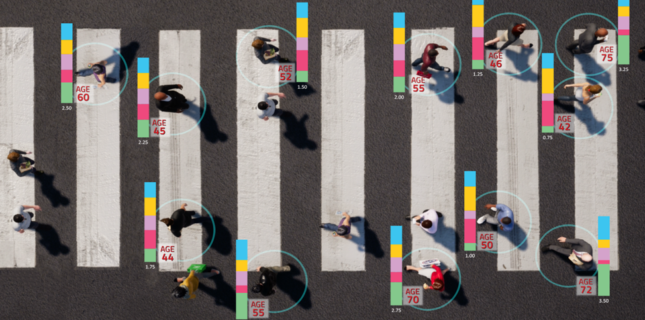
THE BACKSTORY…on the Shamir Autograph Intelligence lens
Everybody knows there are lots (and lots) of progressive addition lenses in the marketplace. So, how do you pick the best one for your patients? One way is, of course, to look for one that performs decidedly better than others. Another is to take a deep dive into the research that went into that lens.
Tip: Looking for the right way to refer to the three stages of presbyopia? Take a tip for Shamir’s researchers, who refer to them as early, moderate, and advanced.
The Shamir Autograph Intelligence™ lenses pass both those tests and then some.
So, why and how does it stand out in today’s crowded marketplace? One of many reasons is the body of research…we’ll call it the backstory…upon which the designs are based. Why plural designs? Read on to find out why, along with some of the research that went into the Shamir Autograph Intelligence.
ONE SIZE…not. The Shamir Autograph Intelligence utilizes an even dozen unique design concepts to meet the needs of wearers for each Visual Age™. Why is that important?
• WHO, ME? Around 40, the reality sinks in that the letters (often on devices for this demographic) aren’t as clear and crisp as they were. That early presbyope needs help mostly with up-close vision.
• WHAT HAPPENED? Moving into what’s called “the moderate presbyope” stage, vision changes and requires a more balanced lens.
• OLDER patients have more advanced needs requiring up-close vision. In fact, 60% of those surveyed said that up-close vision for reading was the top priority.
RESEARCH…Talk about Big Data. Shamir’s database included some 5 million worldwide orders of progressive lenses over the last few years. Some of the findings:
• SPHERE POWER. It was analyzed on a bell curve distribution, with 90% of jobs in the +/-5.00.
• ‘OPES. 20% of corrections were for myopes, while more than half were hyperopes above +1.00.
• ADDS. Just 18% of lenses had adds of under 2.00, and only 19% had adds over 2.50.
VISUAL NEEDS…Shamir’s Big Data found that what it calls Visual Age is a major factor in matching PAL designs to patients. A new concept adopted by Shamir, Visual Age helps match PALs to the patient’s visual needs.
• STUDIES were conducted (two in all) to determine the correlation between visual needs and Visual Age. One, external research into the behavior and habits of presbyopes and the full range of their visual needs. And, two, an internal study consisting of in-depth interviews to learn about visual preferences.
The end result of that research? The Shamir Autograph Intelligence™.
What have your experiences been with this lens? Please share a success story and join in the conversation on Facebook here.
Comments are closed.







